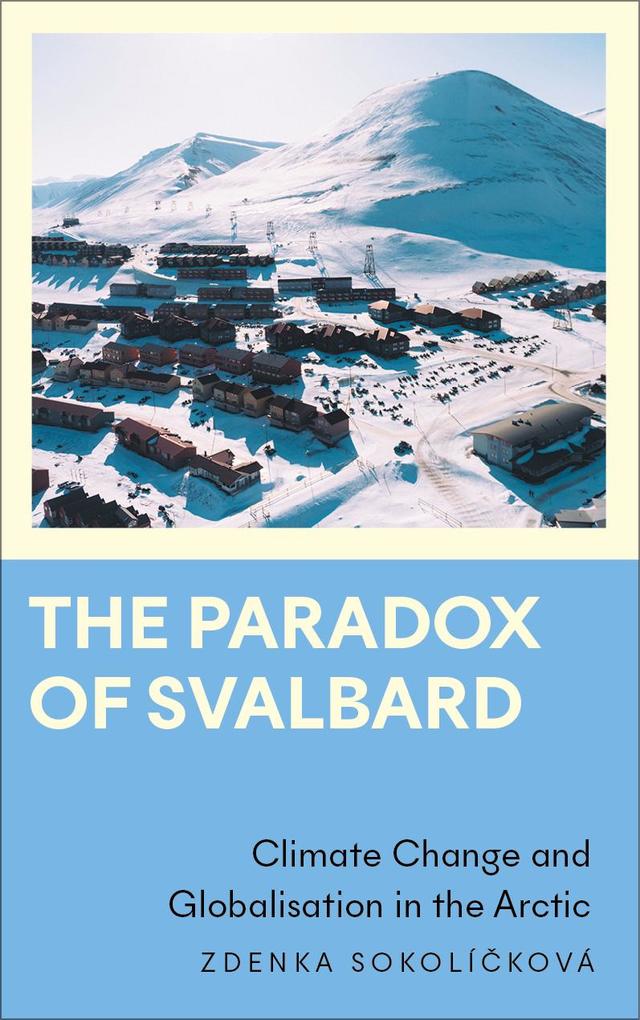Climate change has meant that the future of the Arctic is important to the future of the world. This book is a glimpse into the changes affecting a community within the Arctic circle.
The town of Longyearbyen in the high Arctic is the world's northernmost settlement. Here, climate change is happening fast. It is clearly seen and sensed by the locals; with higher temperatures, more rain and permafrost thaw. At the same time, the town is shifting from state-controlled coal production to tourism, research and development, rapidly globalising, with numerous languages spoken, cruise ships sounding the horn in the harbour and planes landing and taking off.
Zdenka Sokolickova lived here between 2019 and 2021, and her research in the community uncovered a story about the conflict between sustainability and the driving forces of politics and economy in the rich global North. A small town of 2, 400 inhabitants at 78 degrees latitude north on the Norwegian archipelago of Svalbard, Longyearbyen provided a unique view into the unmistakable relationship between global capitalism and climate change.
The Paradox of Svalbard looks at both local and global trends to access a deep understanding of the effects of tourism, immigration, labour and many other elements on the trajectory of climate crisis, and whether anything can be done to reverse them.
Inhaltsverzeichnis
Figures
Abbreviations
Series Preface
Acknowledgements
Foreword by Thomas Hylland Eriksen
Introducing the Fieldwalk: Field, Companions and Path
Part I: Fluid Environments
1. Fairy Tales of Change
2. Once Upon a Time - So What? Why and How Changing Environments Matter
3. The Viscosity of the Climate Change Discourse
Part II: Extractive Economies
4. The Art of Taking Out: From Extracting Coal to Extracting Knowledge and Memories
5. Big Powers and Little People: Scaling Economic Change
6. Sustainability with a Footnote: Leaving out Justice
Part III: Disempowered Communities
7. The Trouble with Local Community
8. In the Neighbourhood
9. 'Make Longyearbyen Norwegian again': Denying Superdiversity
Conclusion: The Paradox of Svalbard
Afterword by Hilde Henningsen
References
Index



































